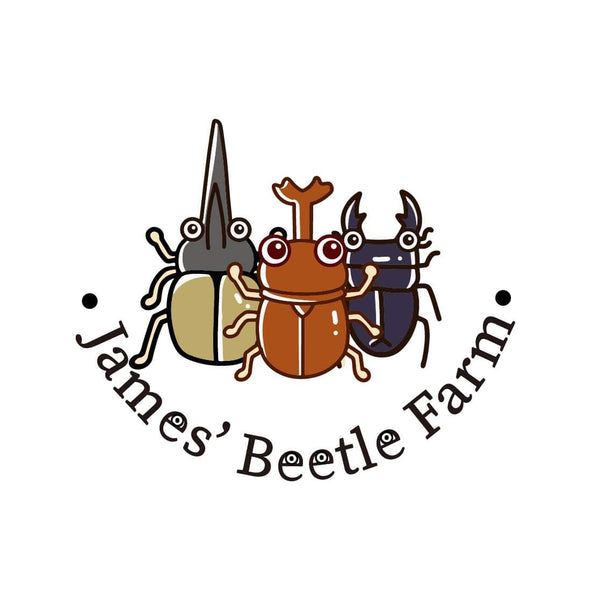James' Beetle Farm
African Giant Millepede (Archispirostreptus gigas)
African Giant Millepede (Archispirostreptus gigas)
Couldn't load pickup availability
Species Summary:
Diet: Flake soil, decaying plant matter, fruits, and vegetables
Lifespan: 7-10 years
Environment Requirement: warm and humid
Care difficulty: 1/10
Wild Caught
Species Info:
Archispirostreptus gigas, commonly known as the giant African millipede, is one of the largest millipede species in the world. Native to the tropical and subtropical regions of East Africa, particularly in countries like Tanzania, Mozambique, and Kenya, this species is known for its impressive size and docile nature. Adult individuals can grow up to 33.5 centimeters (about 13 inches) in length and possess up to 400 legs, although the exact number varies depending on age and molting stage.
The body of A. gigas is cylindrical and composed of numerous segments, each bearing two pairs of legs. Its exoskeleton is dark brown to black, offering protection and helping retain moisture in its humid natural habitat. As a detritivore, A. gigas plays an essential ecological role by feeding on decomposing plant material, thus contributing to nutrient recycling in the soil.
Despite its daunting appearance, the giant African millipede is harmless to humans. When threatened, it relies on a passive defense strategy, curling into a tight spiral to protect its vulnerable underside. Additionally, it can secrete a mildly irritating fluid containing benzoquinones, which can deter predators but may cause skin discoloration or minor irritation in humans.
Reproduction in A. gigas involves internal fertilization, with males transferring sperm using modified legs called gonopods. Females lay dozens to hundreds of eggs in moist soil, and the young hatch as small, legless larvae. As they grow, they undergo multiple molts, gradually adding more body segments and legs with each stage.
This species has become popular in the exotic pet trade due to its calm demeanor and low maintenance requirements. However, its care requires appropriate humidity, temperature, and a diet rich in decaying vegetation to mimic its natural environment.
In conclusion, Archispirostreptus gigas is a remarkable example of arthropod diversity. With its significant ecological contributions, unique physiology, and intriguing behaviors, the giant African millipede is both an important component of its native ecosystem and a fascinating subject of study and appreciation.
Share






